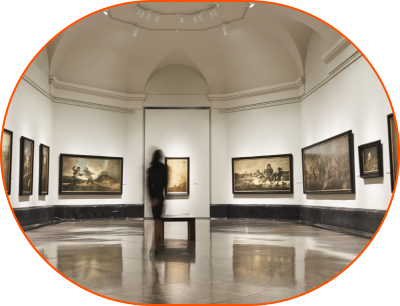The Story Behind Goya's Black Paintings
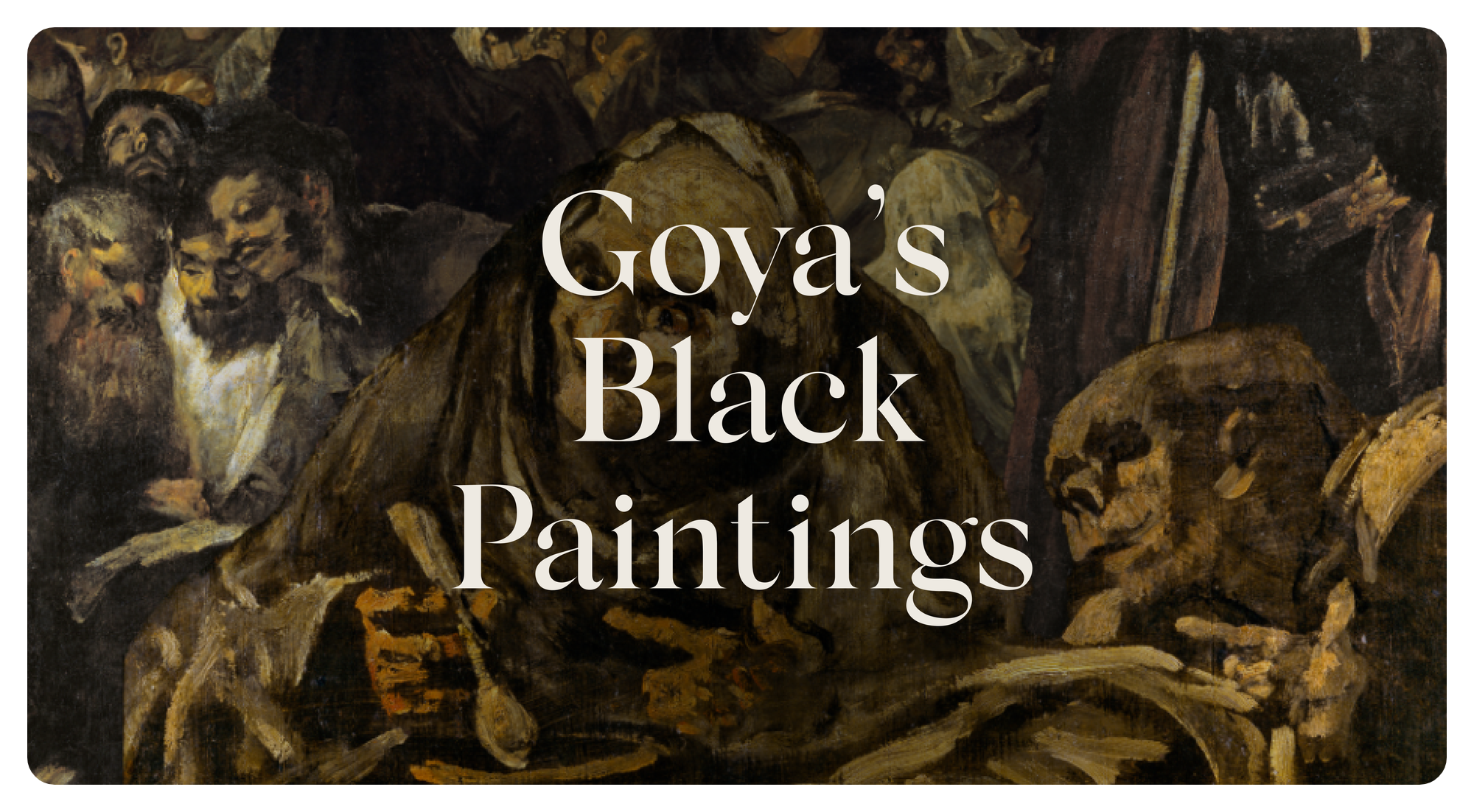
The bite-sized version of the story...
In 1819, aged 72, Francisco Goya moved into the Quinta del Sordo, a country house on the outskirts of Madrid.
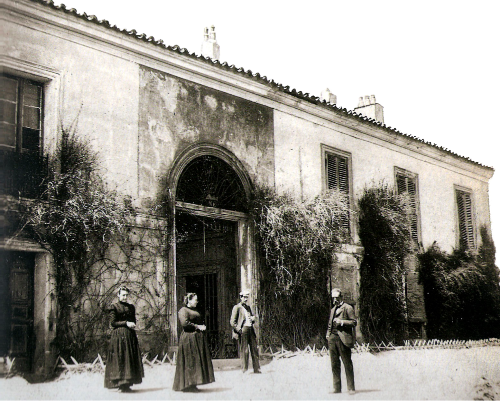
The artist had lost his hearing when he was in his mid-40s, following an illness that also left him in permanent physical discomfort, and which may have triggered the onset of persistent mental health problems.

On top of this, Goya was also deeply disillusioned with the state of Spanish politics, and (so the story goes) gripped by fears of insanity and death.

It was against this cheery backdrop that Goya produced his ‘Black Paintings’: 14 dark and disturbing works that the artist painted directly onto the walls of his home.


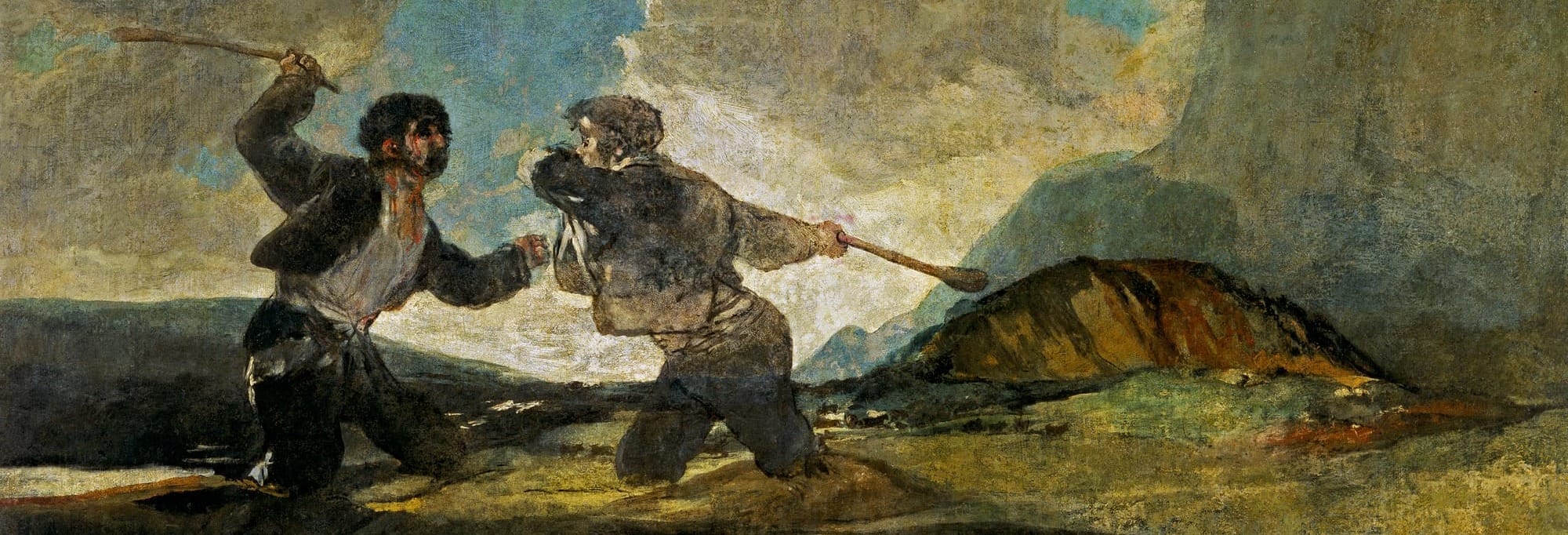
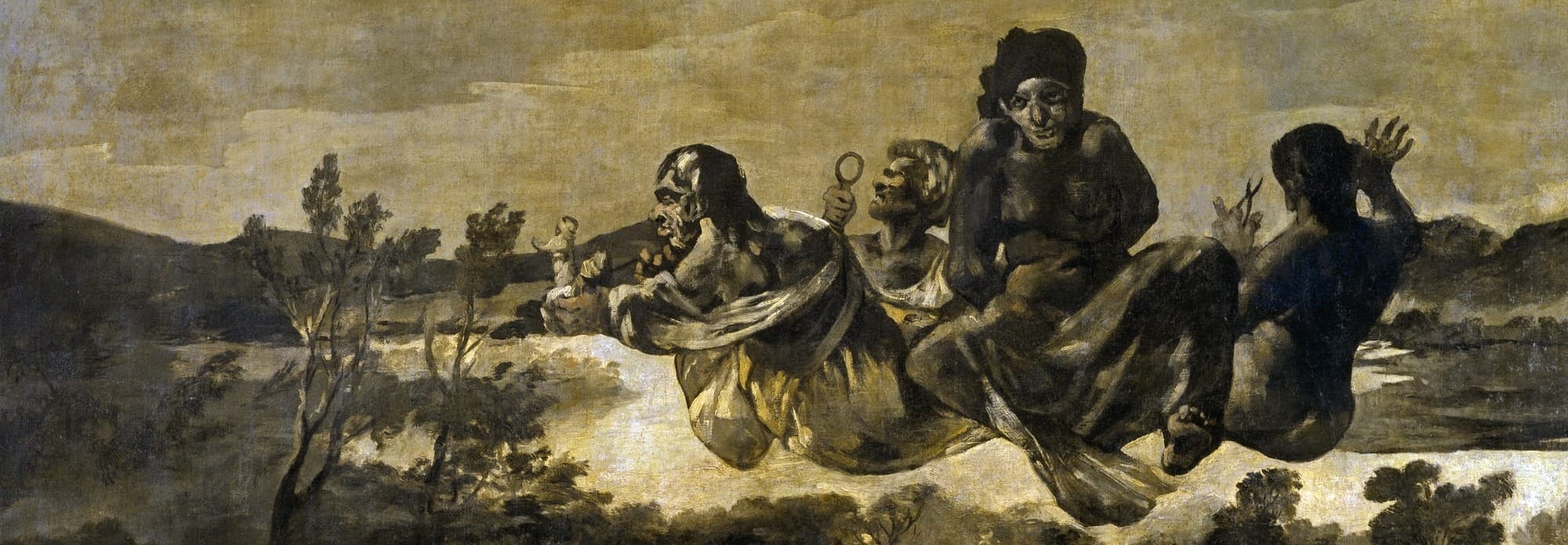
Goya likely never thought that these intense scenes would ever be shown in public; but following the artist’s death, the murals were painstakingly transferred onto canvas, before being donated to the Spanish state. Today, you can find all fourteen on display in Madrid’s Museo del Prado – if you’re feeling brave enough!
